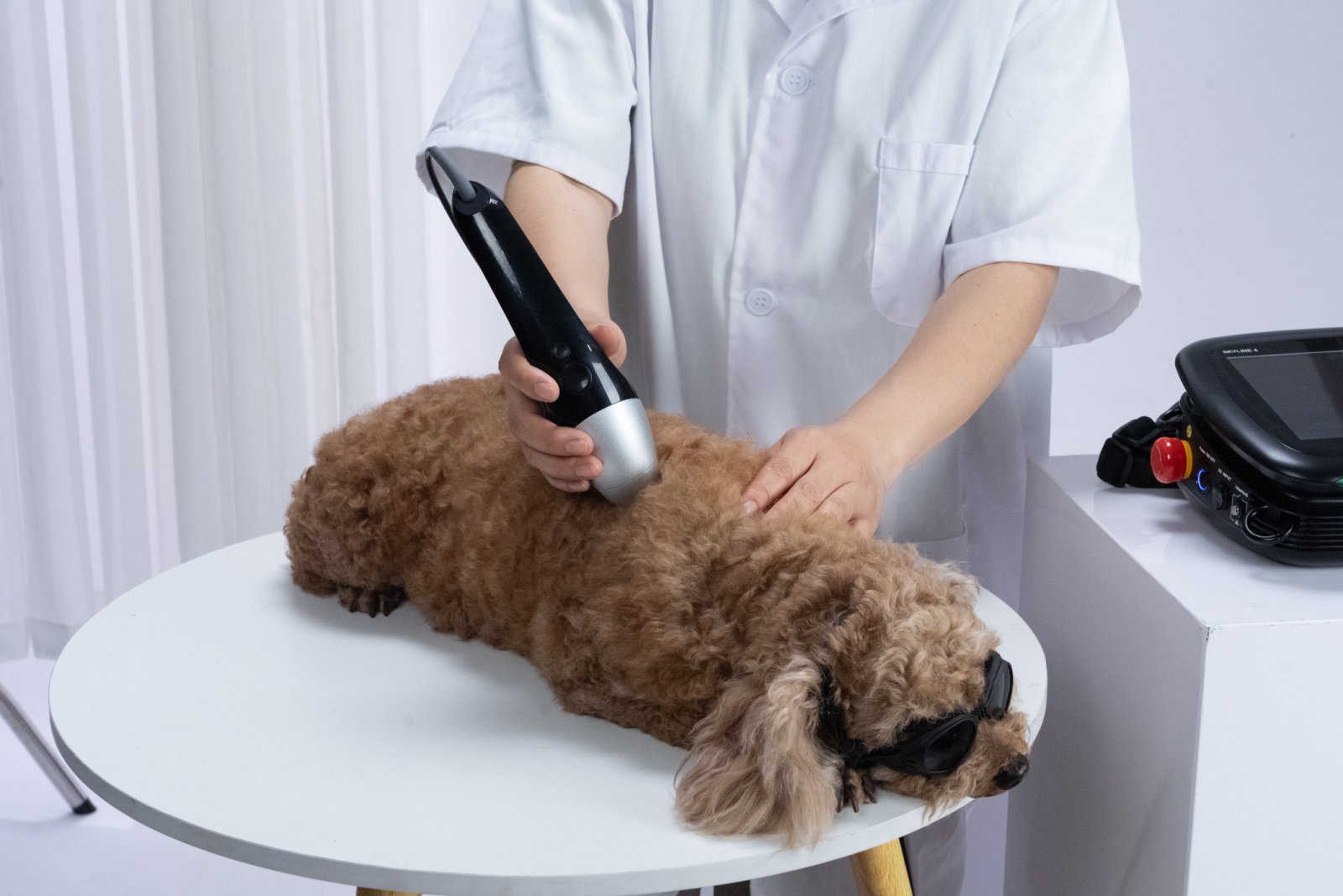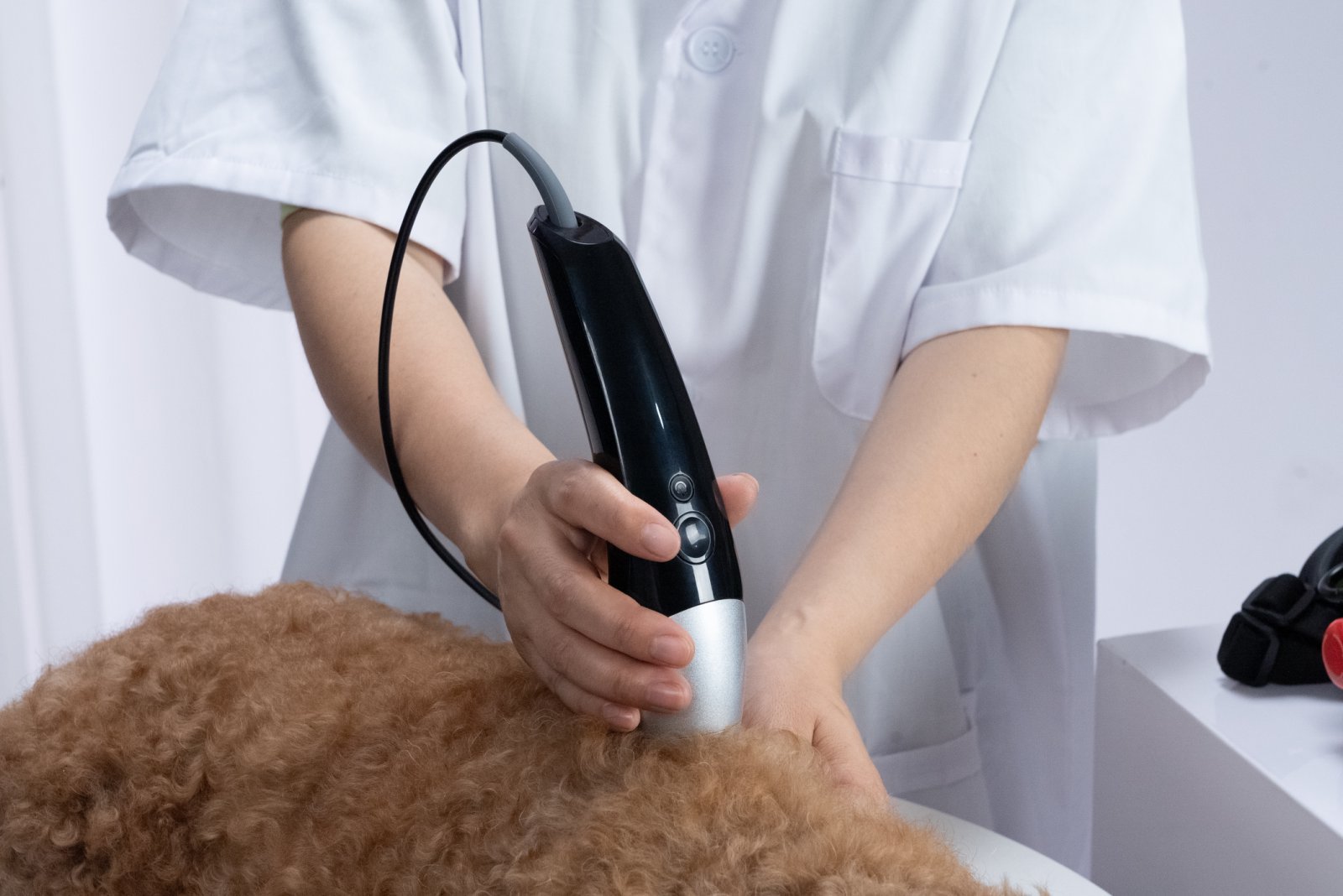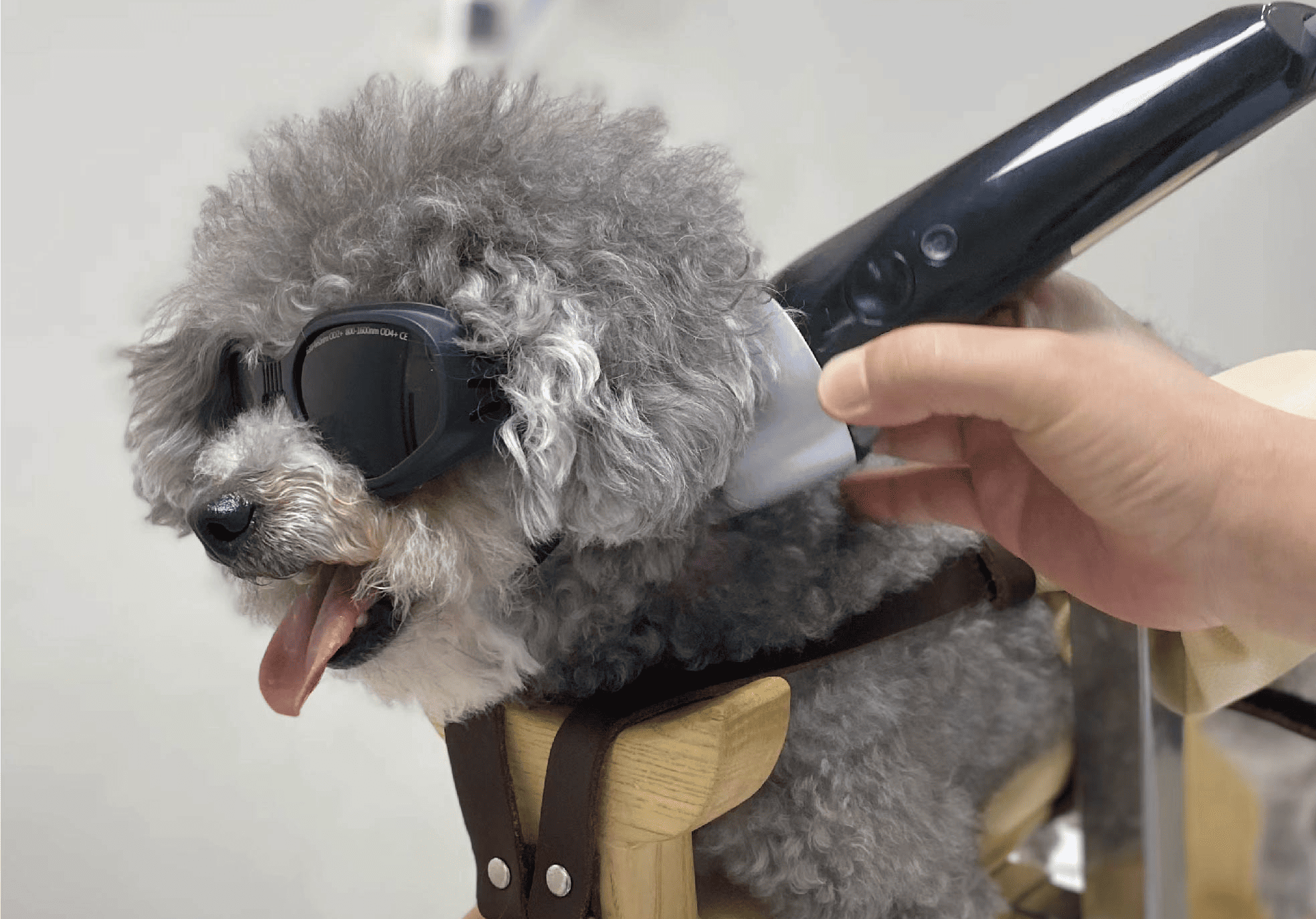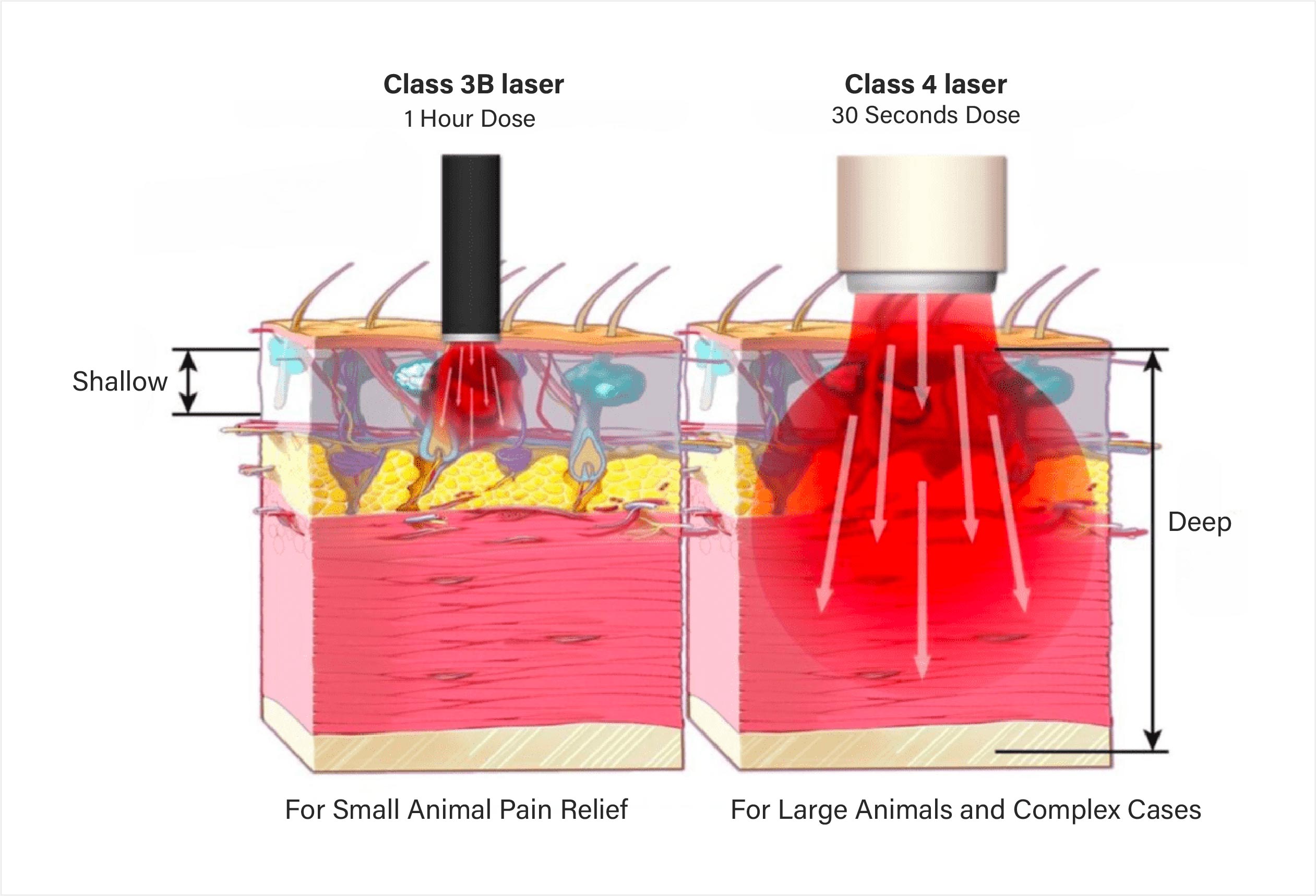Is Laser Therapy Safe During Pregnancy?
If this "growth-promoting" effect of laser therapy acts on the uterus or placental tissues, it could theoretically alter local blood flow, raise temperatures, and even trigger changes in uterine tone, posing unknown risks to the fetus. As a result, two concurrent questions arise: Can pregnant pets undergo laser therapy? Can pregnant veterinarians perform laser therapy on pets?















